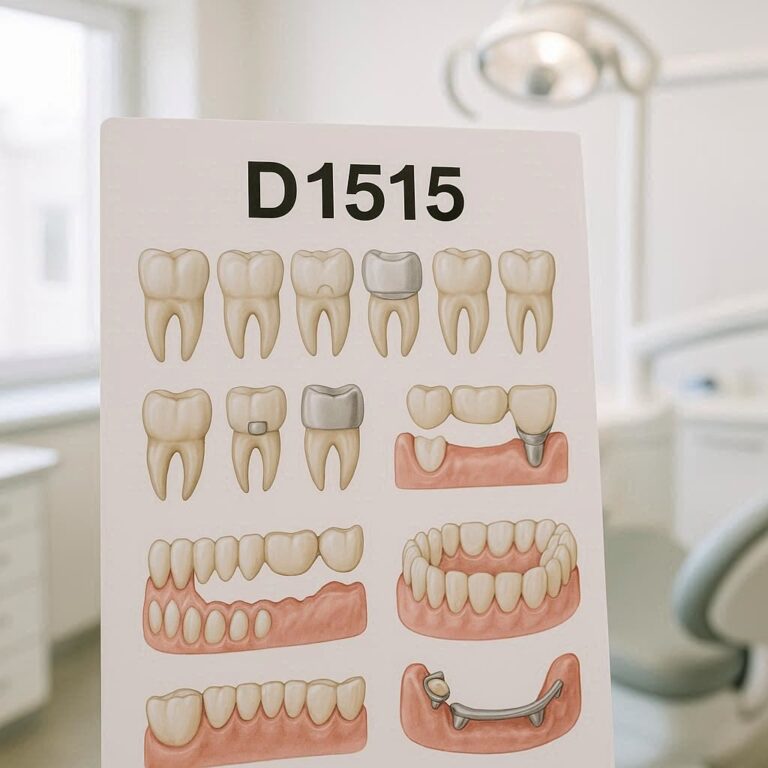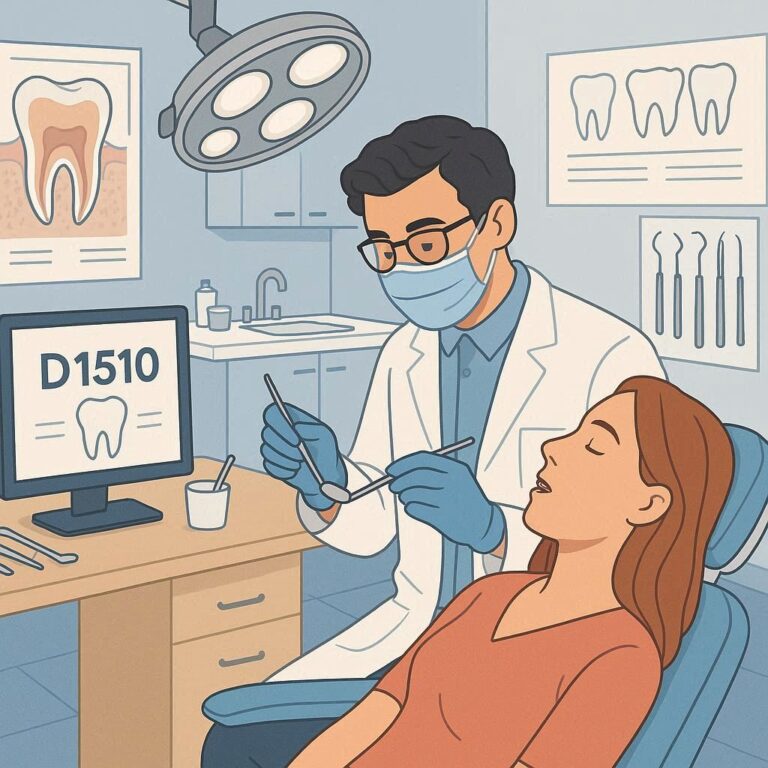prp and prf dental code , Benefits, and Applications
The field of dentistry has seen significant advancements over the past few decades, particularly in the area of regenerative medicine. Among the most promising developments are Platelet-Rich Plasma (PRP) and Platelet-Rich Fibrin (PRF), two techniques that harness the body’s own healing properties to enhance dental procedures. These techniques have revolutionized dental care, offering more efficient healing, reduced recovery times, and improved patient outcomes. In this comprehensive article, we will explore the dental codes associated with PRP and PRF, delve into their applications, benefits, and challenges, and provide a detailed guide on how these technologies are reshaping the future of dental treatments.

1. Understanding PRP and PRF in Dentistry
1.1. What is PRP?
Platelet-Rich Plasma (PRP) is a concentration of platelets in plasma, derived from a patient’s own blood, which is used to accelerate healing. PRP contains growth factors and cytokines that promote tissue repair and regeneration. In dentistry, PRP is used to enhance the healing process following surgeries, implants, and other procedures.
1.2. What is PRF?
Platelet-Rich Fibrin (PRF) is a newer generation of PRP, which is also derived from the patient’s blood but contains a fibrin matrix that supports wound healing and tissue regeneration. PRF is often preferred in dental procedures because it is more biocompatible and offers a sustained release of growth factors over time.
1.3. Differences Between PRP and PRF
While both PRP and PRF are used to promote healing, there are key differences between the two:
- Composition: PRP is primarily a liquid, whereas PRF is a gel-like substance.
- Preparation: PRP requires anticoagulants during preparation, while PRF does not.
- Release of Growth Factors: PRF provides a more gradual release of growth factors compared to PRP.
1.4. The Science Behind PRP and PRF
Both PRP and PRF work by concentrating platelets, which contain growth factors essential for healing. When applied to a surgical site, these growth factors stimulate cellular repair, reduce inflammation, and promote the formation of new blood vessels, all of which contribute to faster and more efficient healing.
2. Dental Codes for PRP and PRF
2.1. Understanding Dental Coding
Dental coding is a standardized system used by dental professionals to document and bill for procedures. It ensures that dental practices can accurately communicate the services provided to insurance companies for reimbursement.
2.2. PRP Dental Codes
The dental code for PRP is typically listed under the “D4265” code for biologic materials to aid in soft and osseous tissue regeneration. This code is used when PRP is applied in conjunction with other procedures, such as periodontal surgery or dental implants.
2.3. PRF Dental Codes
For PRF, the dental code “D4266” is used, which refers to the use of biologic materials to aid in soft and osseous tissue regeneration specifically using PRF. This code is applied similarly to PRP, often in cases where PRF is used to enhance the healing process following surgeries.
2.4. Importance of Accurate Coding
Accurate coding is essential for proper billing and reimbursement. It also helps in maintaining detailed patient records, which is crucial for tracking treatment outcomes and planning future procedures.
3. Applications of PRP and PRF in Dentistry
3.1. Periodontal Regeneration
One of the most common applications of PRP and PRF in dentistry is in periodontal regeneration. These techniques are used to enhance the healing of gum tissues and bone structures that have been affected by periodontal disease.
3.2. Dental Implants
PRP and PRF are also widely used in dental implant procedures. They help in the integration of the implant with the bone (osseointegration) and reduce the risk of complications such as infection and implant failure.
3.3. Oral Surgery
In oral surgery, PRP and PRF are used to accelerate healing after tooth extractions, bone grafts, and other invasive procedures. They reduce inflammation, minimize pain, and promote faster tissue regeneration.
3.4. Aesthetic Dentistry
PRP and PRF are increasingly being used in aesthetic dentistry, particularly in procedures aimed at improving the appearance of the gums and soft tissues. They are used in treatments such as gum contouring and the correction of gum recession.
3.5. Endodontics
In endodontic procedures, PRP and PRF are used to enhance healing after root canal therapy and to promote the regeneration of pulp tissue.
3.6. Sinus Lifts and Bone Grafts
For more complex procedures like sinus lifts and bone grafts, PRP and PRF play a critical role in ensuring that the graft material integrates well with the existing bone, leading to more predictable outcomes.
4. Benefits of PRP and PRF in Dentistry
4.1. Accelerated Healing
One of the primary benefits of PRP and PRF is the accelerated healing they offer. By concentrating the body’s natural growth factors, these techniques significantly reduce the time it takes for tissues to heal after surgery.
4.2. Reduced Risk of Infection
Since PRP and PRF are derived from the patient’s own blood, the risk of infection or adverse reaction is minimal. This makes them a safe option for a wide range of dental procedures.
4.3. Improved Patient Outcomes
Patients treated with PRP and PRF typically experience less pain, swelling, and discomfort following surgery. This leads to a more positive overall experience and can improve patient satisfaction.
4.4. Cost-Effectiveness
While the initial cost of PRP and PRF preparation may be higher than traditional methods, the benefits they offer in terms of reduced healing time and improved outcomes can make them a cost-effective option in the long run.
5. Challenges and Considerations
5.1. Training and Expertise
Proper preparation and application of PRP and PRF require specialized training. Dental professionals must be well-versed in the techniques to ensure the best outcomes for their patients.
5.2. Equipment Costs
The equipment required to prepare PRP and PRF can be expensive, which may be a barrier for some dental practices. However, as the technology becomes more widespread, costs are expected to decrease.
5.3. Patient Education
Educating patients about the benefits and limitations of PRP and PRF is crucial. Patients should be made aware of the potential outcomes and any associated costs before undergoing treatment.
5.4. Insurance Coverage
Not all insurance plans cover PRP and PRF procedures, which can be a significant consideration for patients. Dental practices should work with patients to explore payment options and ensure that they are fully informed about the costs involved.
6. The Future of PRP and PRF in Dentistry
The future of PRP and PRF in dentistry looks promising. As research continues to uncover new applications and refine existing techniques, these regenerative therapies are likely to become standard practice in dental care. Innovations such as the development of more advanced PRF formulations and the integration of PRP with other biomaterials are expected to further enhance the efficacy of these treatments.
6.1. Integration with Digital Dentistry
The integration of PRP and PRF with digital dentistry techniques, such as 3D printing and CAD/CAM technology, is an exciting area of research. This could lead to more personalized and precise treatments, improving outcomes even further.
6.2. Broader Applications
Beyond traditional dental procedures, PRP and PRF are being explored for use in other areas of oral health, such as treating temporomandibular joint disorders (TMD) and oral mucosal lesions. These applications could open up new avenues for patient care and expand the role of regenerative medicine in dentistry.
6.3. Ongoing Research
Ongoing research into the optimal concentrations of PRP and PRF, as well as the development of new preparation techniques, will likely lead to even better clinical outcomes. As our understanding of these therapies deepens, they are expected to play an increasingly important role in dental care.
7. Tables
| Procedure | PRP Code | PRF Code | Benefits |
|---|---|---|---|
| Periodontal Regeneration | D4265 | D4266 | Enhanced tissue regeneration, reduced healing time |
| Dental Implants | D4265 | D4266 | Improved osseointegration, lower risk of infection |
| Oral Surgery | D4265 | D4266 | Faster recovery, less post-operative discomfort |
| Aesthetic Dentistry | D4265 | D4266 | Better gum contouring, improved tissue appearance |
| Sinus Lifts/Bone Grafts | D4265 | D4266 | Better graft integration, more predictable outcomes |
Conclusion
Platelet-Rich Plasma (PRP) and Platelet-Rich Fibrin (PRF) represent a significant advancement in dental care, offering faster healing, reduced recovery times, and improved patient outcomes. By understanding the dental codes associated with these procedures and staying informed about their benefits and challenges, dental professionals can effectively integrate these regenerative therapies into their practice. As research continues to advance, PRP and PRF are set to play an increasingly important role in the future of dentistry.
FAQs
- What is the difference between PRP and PRF?
- PRP is a liquid concentrate of platelets, while PRF is a gel-like matrix that provides a more sustained release of growth factors.
- How are PRP and PRF prepared?
- Both PRP and PRF are prepared by drawing a patient’s blood and processing it in a centrifuge to concentrate the platelets and separate them from other blood components.
- Are PRP and PRF safe?
- Yes, because PRP and PRF are derived from the patient’s own blood, the risk of adverse reactions is minimal.
- How long does it take to see results with PRP and PRF?
- Results can vary depending on the procedure, but many patients begin to see improvements within a few weeks.
- Is PRP or PRF covered by insurance?
- Coverage can vary depending on the insurance plan. It is important to check with your provider to understand what is covered.
Additional Resources
- American Academy of Periodontology: Link to PRP and PRF in Periodontology


